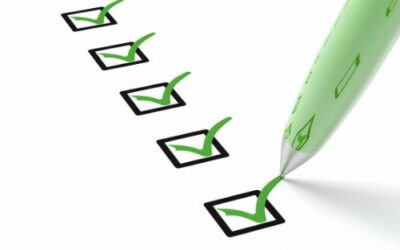

What An Asset Register Is
Your new register will allow you to add a lot of information about all of your assets. You can create a digital profile for your equipment, vehicles, tools, machines, and everything in between. When you have chosen an asset register format, depending on what it lets you do you should be able to add details about each asset. These details can be added to every digital profile you create.
What You Can Add To Your Chosen Asset Register Format
Did you know that once you have created a digital profile you can add details about the asset in question? Add as many details as you wish. However, you may want to include the insurance and warranty information as standard. It would not hurt to add the instruction manual in PDF format or indeed a link to it.
When you add some really useful details you will be grateful as and when you need them. You can access the details easily by logging into your account and selecting the appropriate asset. It is this simple.
How To Create An Asset Register
Please make sure your chosen asset register format offers you everything you need as every brand offers something different. Make sure that you know what you need before you sign up for some software. When you have all of the features you need from your cloud-based register you can make the most of it.
Tracking All Of Your Assets
Please make sure that the asset register format you’ve chosen makes location tracking easy. The easier it is, the quicker you’ll be able to locate the asset in question.
The Benefits Of Having A Register That Tracks Your Assets
There are many benefits associated with using a register that tracks your assets. Some of these benefits include:
- Heightened level of security – Whenever you attach a QR code or RFID tag to an asset you automatically make it more secure. This is because the user knows it’s being tracked. So, your assets are less likely to go missing.
- Less money spent replacing lost assets – When fewer assets go missing you will end up spending less money replacing them. This can only be a good thing.
- Better asset maintenance – Setting up a maintenance schedule when you create a digital profile is a good idea. It helps to keep everything in better condition, ensuring it lasts longer.
- Better idea of how your business is running – Thanks to the ability to create exportable reports, you can see exactly how your business is running.
- Access via many devices – Gain access using your phone, a tablet, a laptop or a desktop computer, the choice is yours.
As you can see, there are some amazing benefits to having a register that tracks your assets. Now it’s time for you to start taking advantage of them.
Would you like to chat with an expert about using an asset register format? Contact us now at team@itemit.com.

Try itemit
Choose a better way to track
your assets.
Start your free 14-day trial now!

Keep Learning
itemit Blog
Tips, guides, industry best practices, and news.
Why Having An Accurate Asset Register Is Important
Why is having an accurate asset register so important and how can it help with equipment tracking? Read this post now to find out!
What To Include In Your Fixed Asset Register
What should you include in your fixed asset register and how can you make it work for you? Read this post now to find out!
How Your Business Can Save Money By Using An Asset Register
How can you save your business by using an asset register app? Read this post now to uncover the secrets that could help your business thrive!



